- Have any questions?
- +86-189 8930 5995
- sales@mosinterchem.com.cn
Tacrolimus CAS 104987-11-3

Levofloxacin CAS 100986-85-4
06/12/2018
Lamivudine CAS 134678-17-4
06/12/2018| Model: | MOS104987-11-3 |
| Brand Name: | MOSINTER |
| CAS No.: | 104987-11-3 |
| Product Name: | Tacrolimus |
| Molecular Formul: | C44H69NO12 |
| Molecular Weight: | 804.0182 |
| Boiling point: | 871.7°C at 760 mmHg |
| Density: | 1.19g/cm3 |
| Melting point: | 127-129℃ |
| Flash point: | 481°C |
| Refractive index: | 1.549 |
| Vapour Pressur: | 1.73E-35mmHg at 25°C |
| DMSO solubility: | >3 mg/mL |
Tacrolimus (CAS: 104987-11-3) is an immunosuppressive medicine.
Tacrolimus
| Molecular Formula | C44H69NO12 |
| Molecular Weight | 804.0182 |
| Density | 1.19g/cm3 |
| Boiling point | 871.7°C at 760 mmHg |
| Refractive index | 1.549 |
| Flash point | 481°C |
| Vapour Pressur | 1.73E-35mmHg at 25°C |
Tacrolimus Molecular Formula
Synonyms: Tacarolimus; 3-(2-(4-hydroxy-3-methoxycyclohexyl)-1-methylethenyl)-14,16-dimethoxy-9,10,12,; (3S,4R,5S,8R,12S,14S,15R,16S,18R,19R,26aS)-5,19-dihydroxy-3-{(1E)-1-[(1R,3R,4R)-4-hydroxy-3-methoxycyclohexyl]prop-1-en-2-yl}-14,16-dimethoxy-4,10,12,18-tetramethyl-8-(prop-2-en-1-yl)-5,6,8,11,12,13,14,15,16,17,18,19,24,25,26,26a-hexadecahydro-3H-15,19-epoxypyrido[2,1-c][1,4]oxazacyclotricosine-1,7,20,21(4H,23H)-tetrone; (3S,4R,5S,8R,12S,14S,15R,16S,18R,19R,26aS)-5,19-dihydroxy-3-{(E)-2-[(1R,3R,4R)-4-hydroxy-3-methoxycyclohexyl]-1-methylethenyl}-14,16-dimethoxy-4,10,12,18-tetramethyl-8-prop-2-en-1-yl-5,6,8,11,12,13,14,15,16,17,18,19,24,25,26,26a-hexadecahydro-3H-15,19-epoxypyrido[2,1-c][1,4]oxazacyclotricosine-1,7,20,21(4H,23H)-tetrone; FK-506
Tacrolimus is an immunosuppressive medicine used mainly after allogeneic organ transplant to reduce the activity of the patient’s immune system and to lower the risk of organ rejection. It is also used in a topical preparation in the treatment of atopic dermatitis (eczema), severe refractory uveitis after bone marrow transplants, exacerbations of minimal change disease, TH2-mediated diseases such as Kimura’s disease, and the skin condition vitiligo.
It reduces interleukin-2 (IL-2) production by T-cells.
It is produced by a type of soil bacterium, Streptomyces tsukubaensis. The name tacrolimus is derived from ‘Tsukuba macrolide immunosuppressant’.
Tacrolimus was used in kidney, heart, small bowel, pancreas, lung, trachea, skin, cornea, bone marrow, and limb transplants.
Mechanism of action
Tacrolimus is a macrolide calcineurin inhibitor. In T-cells, activation of the T-cell receptor normally increases intracellular calcium, which acts via calmodulin to activate calcineurin. Calcineurin then dephosphorylates the transcription factor nuclear factor of activated T-cells (NF-AT), which moves to the nucleus of the T-cell and increases the activity of genes coding for IL-2 and related cytokines. Tacrolimus prevents the dephosphorylation of NF-AT.[9] In detail, Tacrolimus reduces peptidyl-prolyl isomerase activity by binding to the immunophilin FKBP12 (FK506 binding protein) creating a new complex. This FKBP12-FK506 complex interacts with and inhibits calcineurin, thus inhibiting both T-lymphocyte signal transduction and IL-2 transcription. Although this activity is similar to that of cyclosporin, the incidence of acute rejection is reduced by tacrolimus use over cyclosporin. Although short-term immunosuppression concerning patient and graft survival is found to be similar between the two medicine, tacrolimus results in a more favorable lipid profile, and this may have important long-term implications given the prognostic influence of rejection on graft survival.
You must be logged in to post a review.

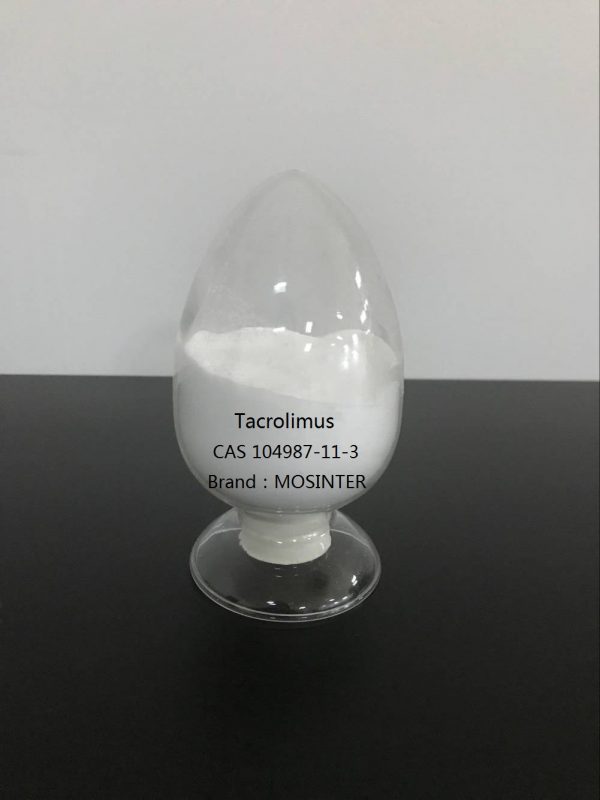
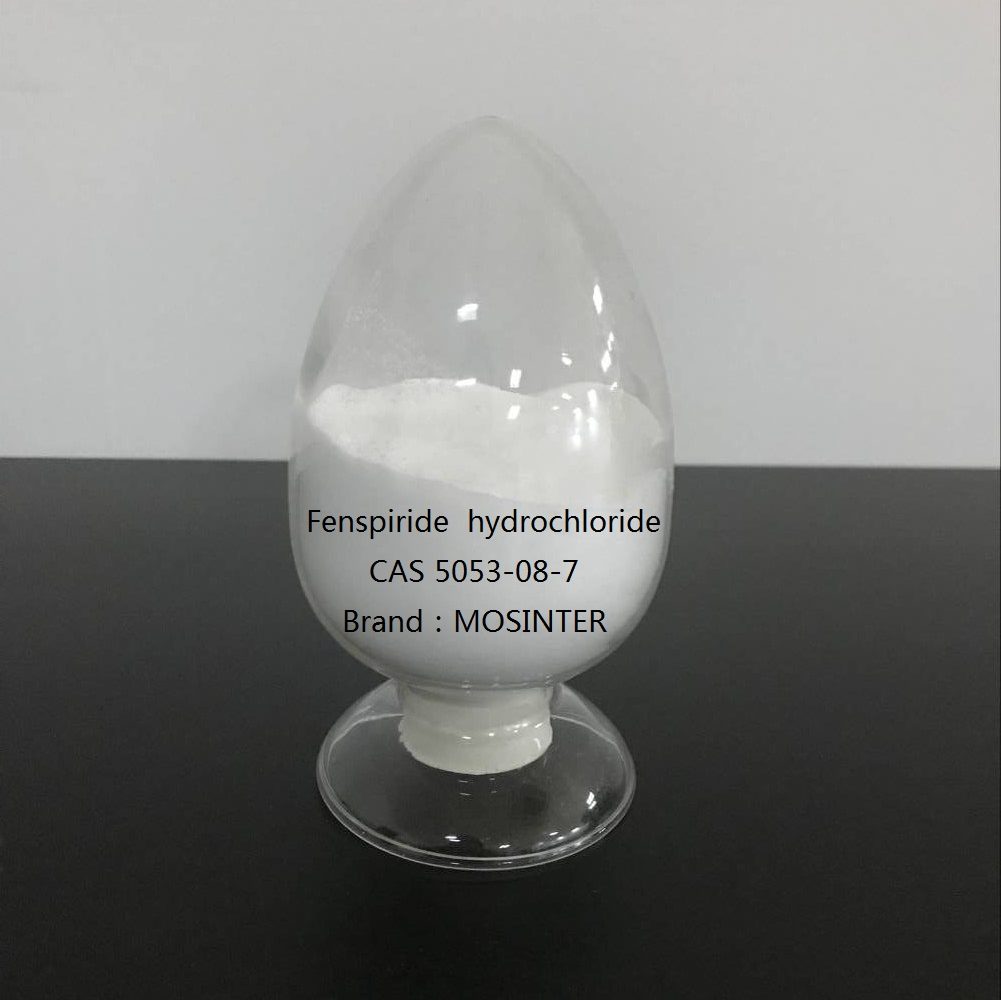
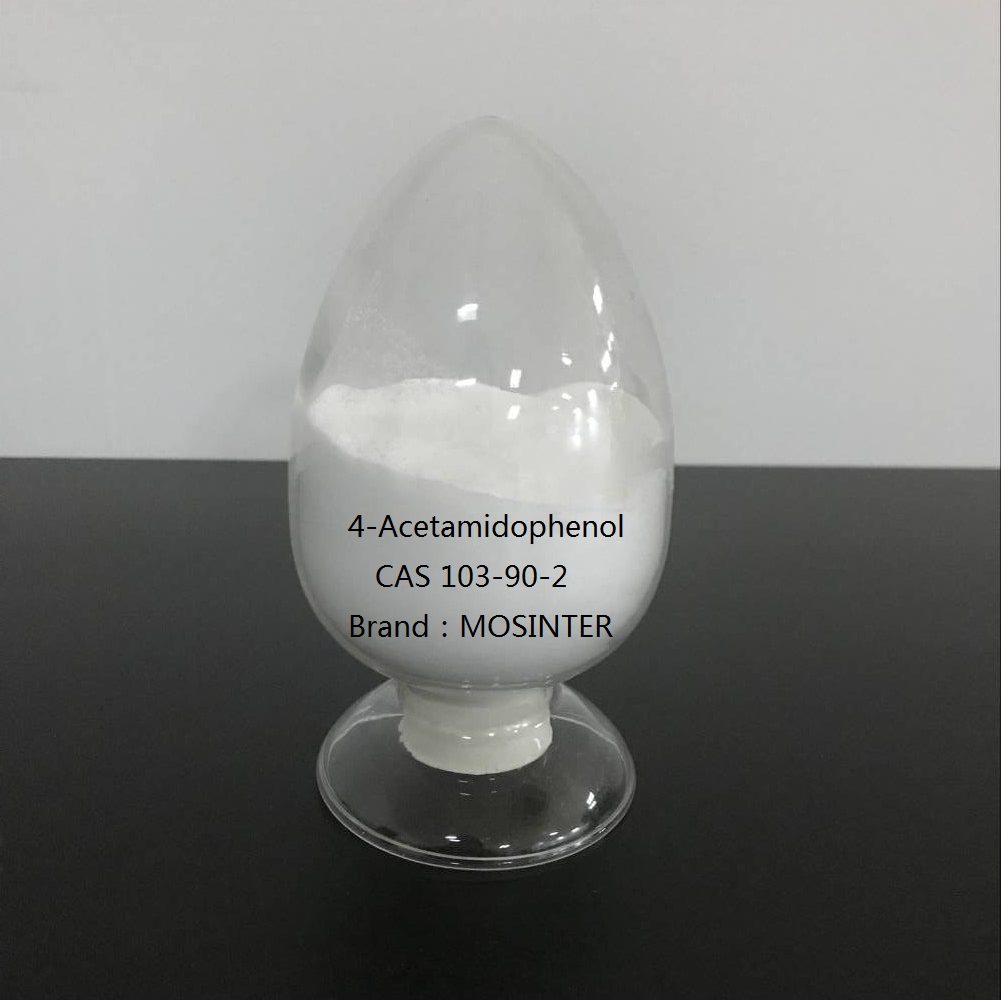
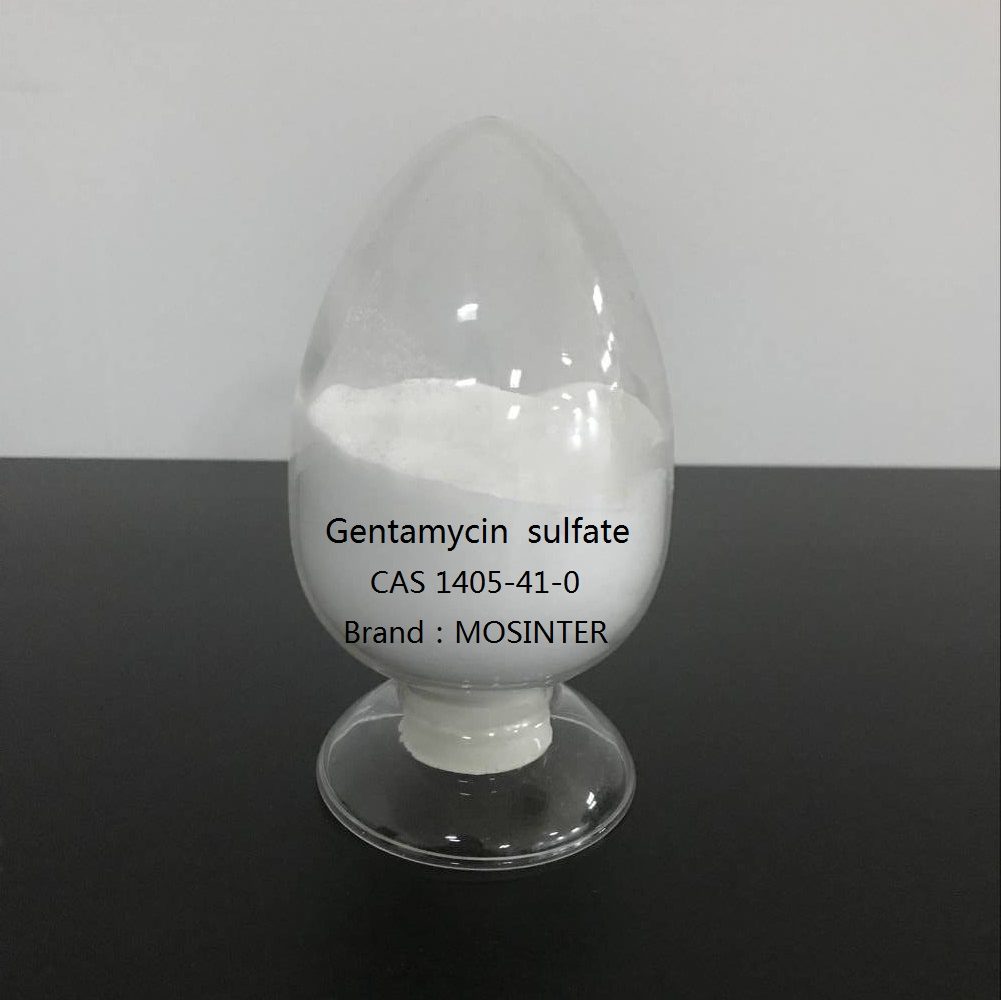
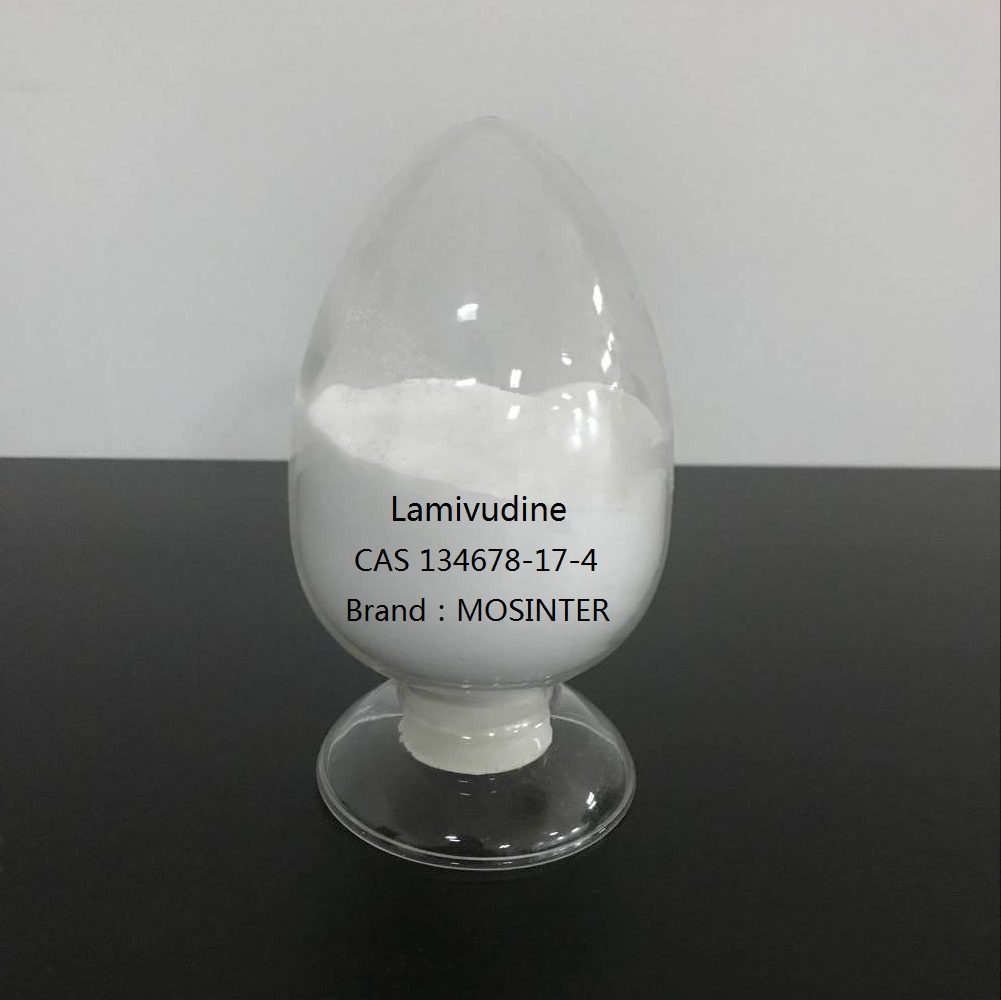
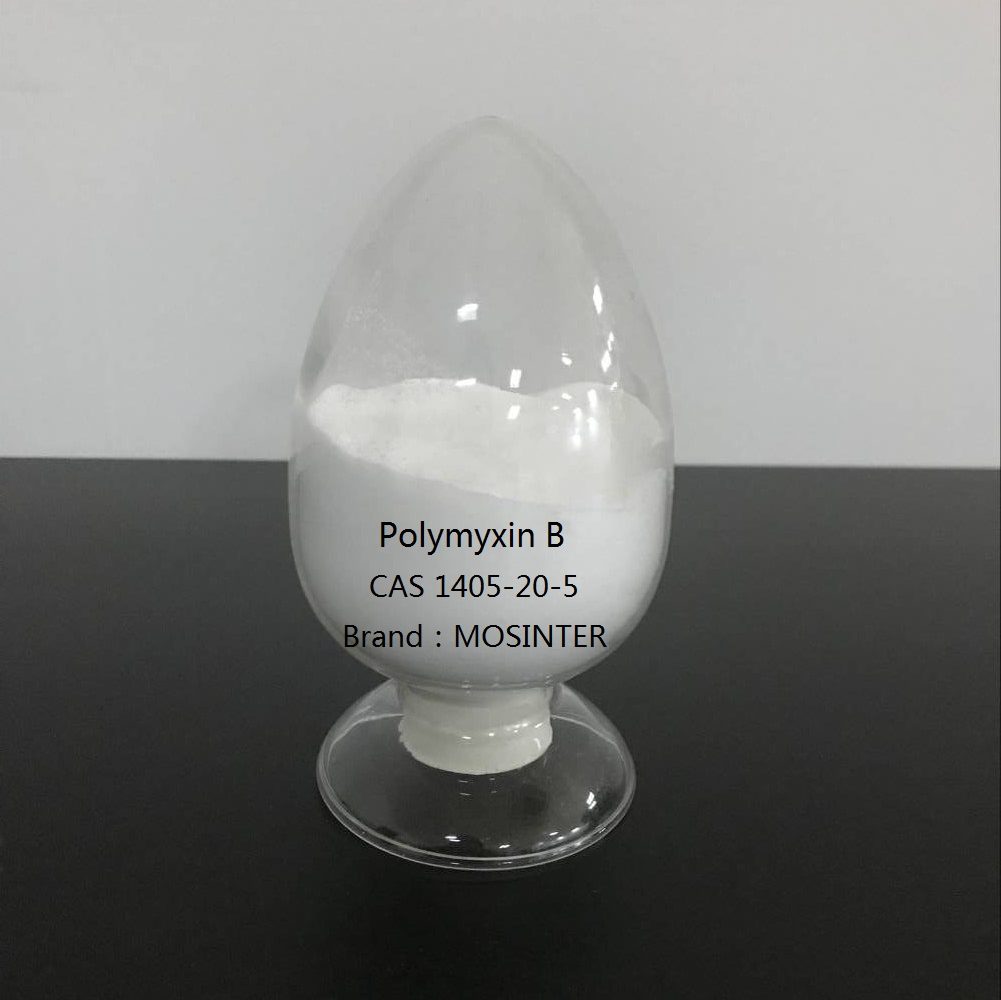
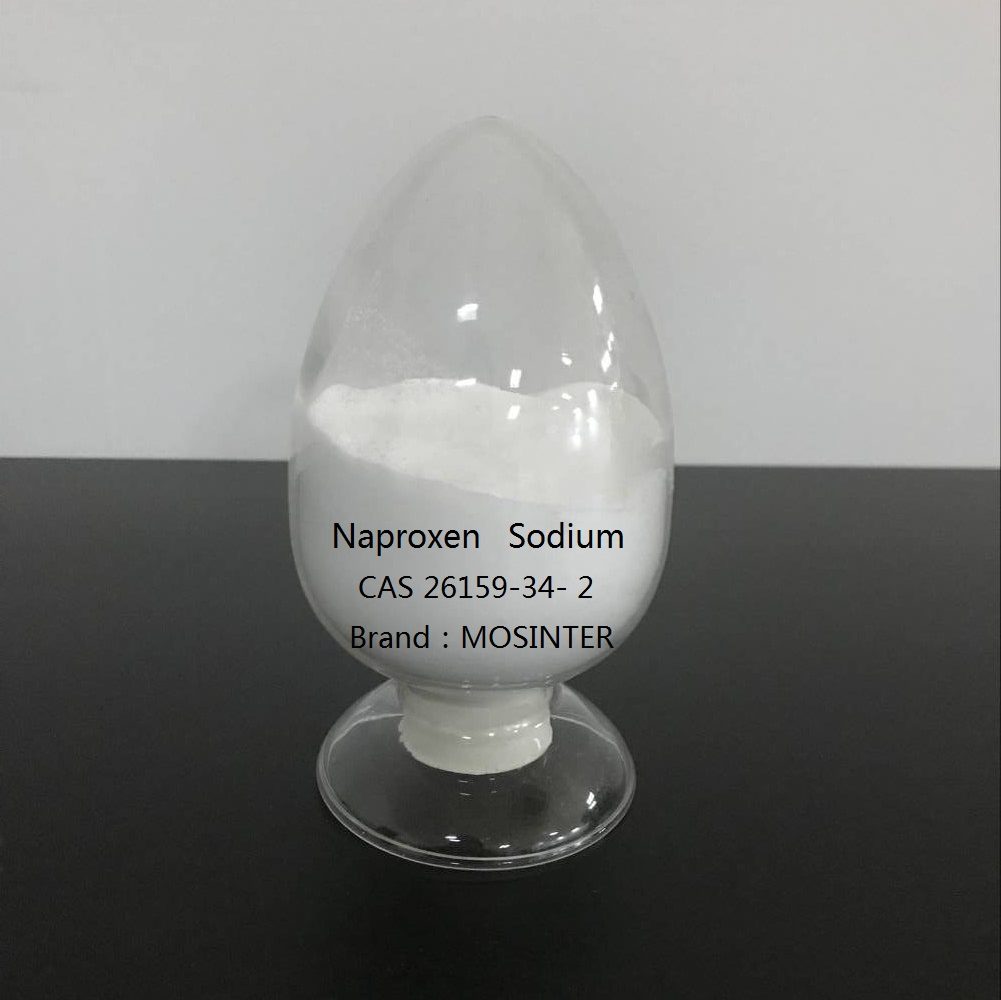
Reviews
There are no reviews yet.